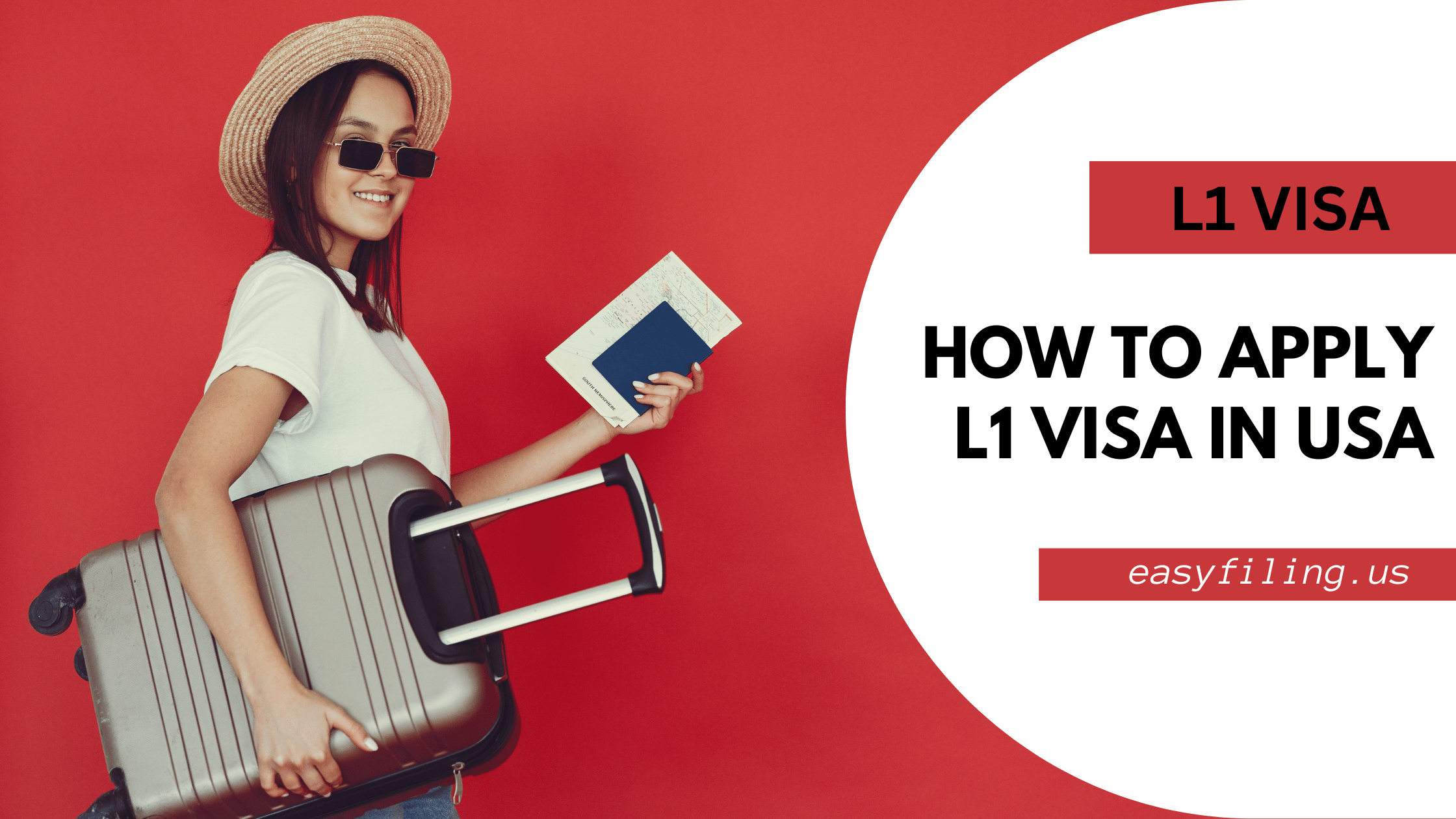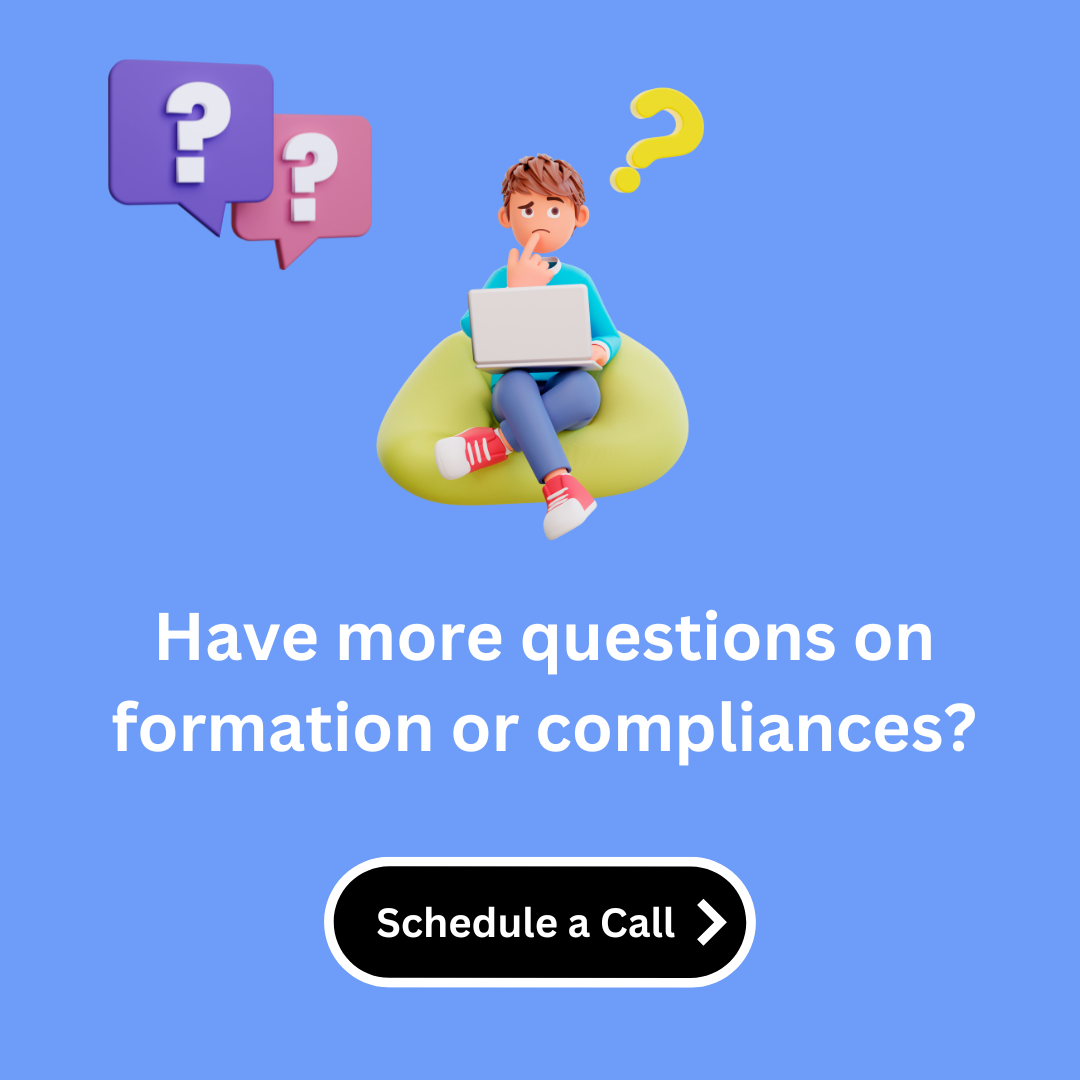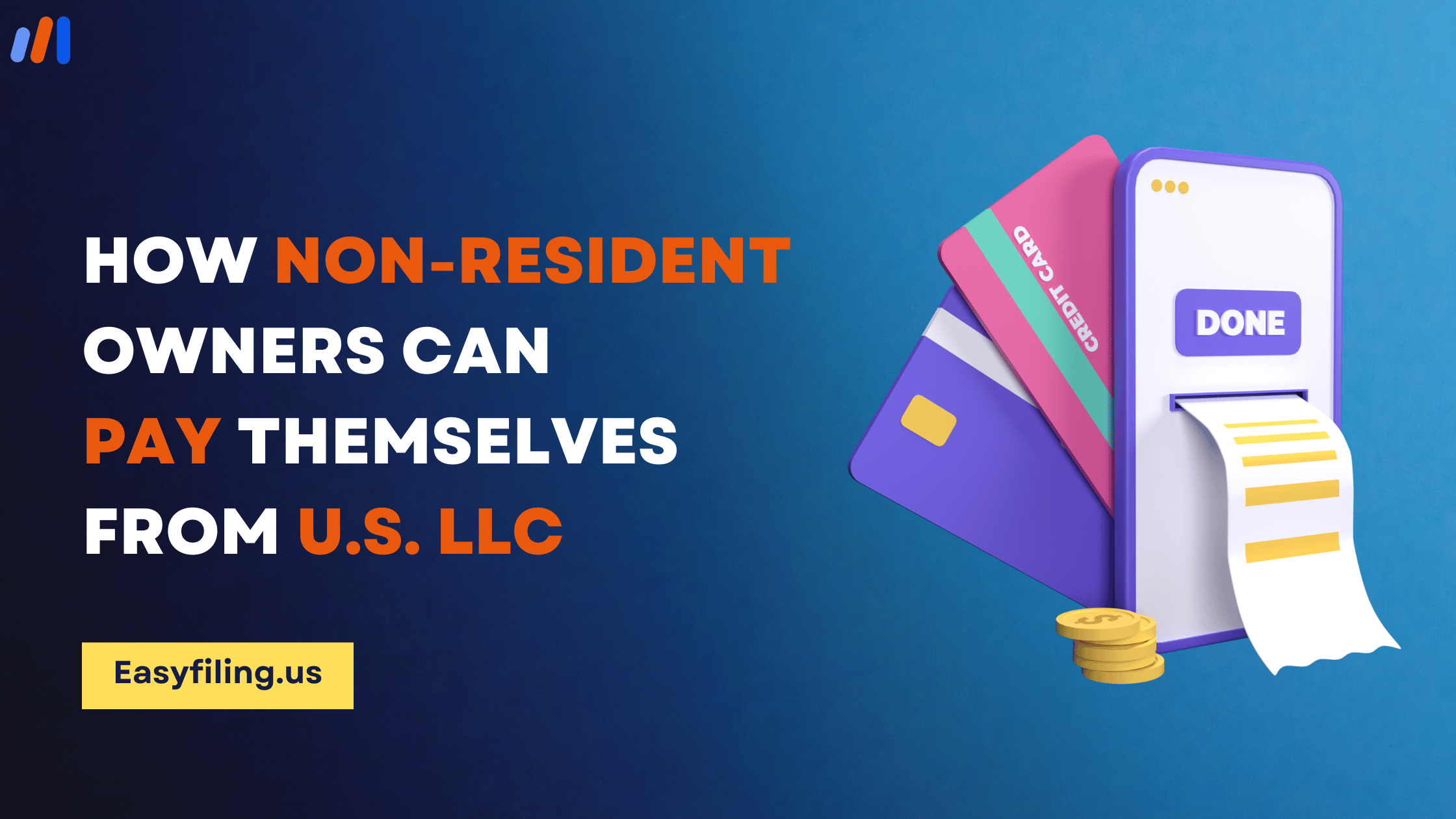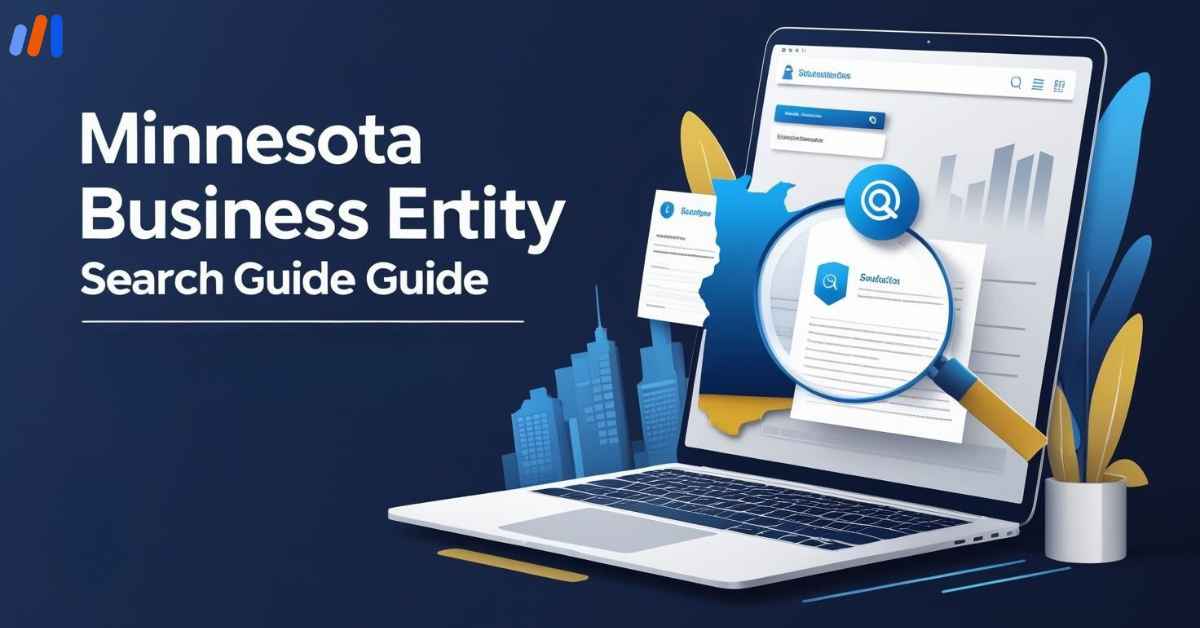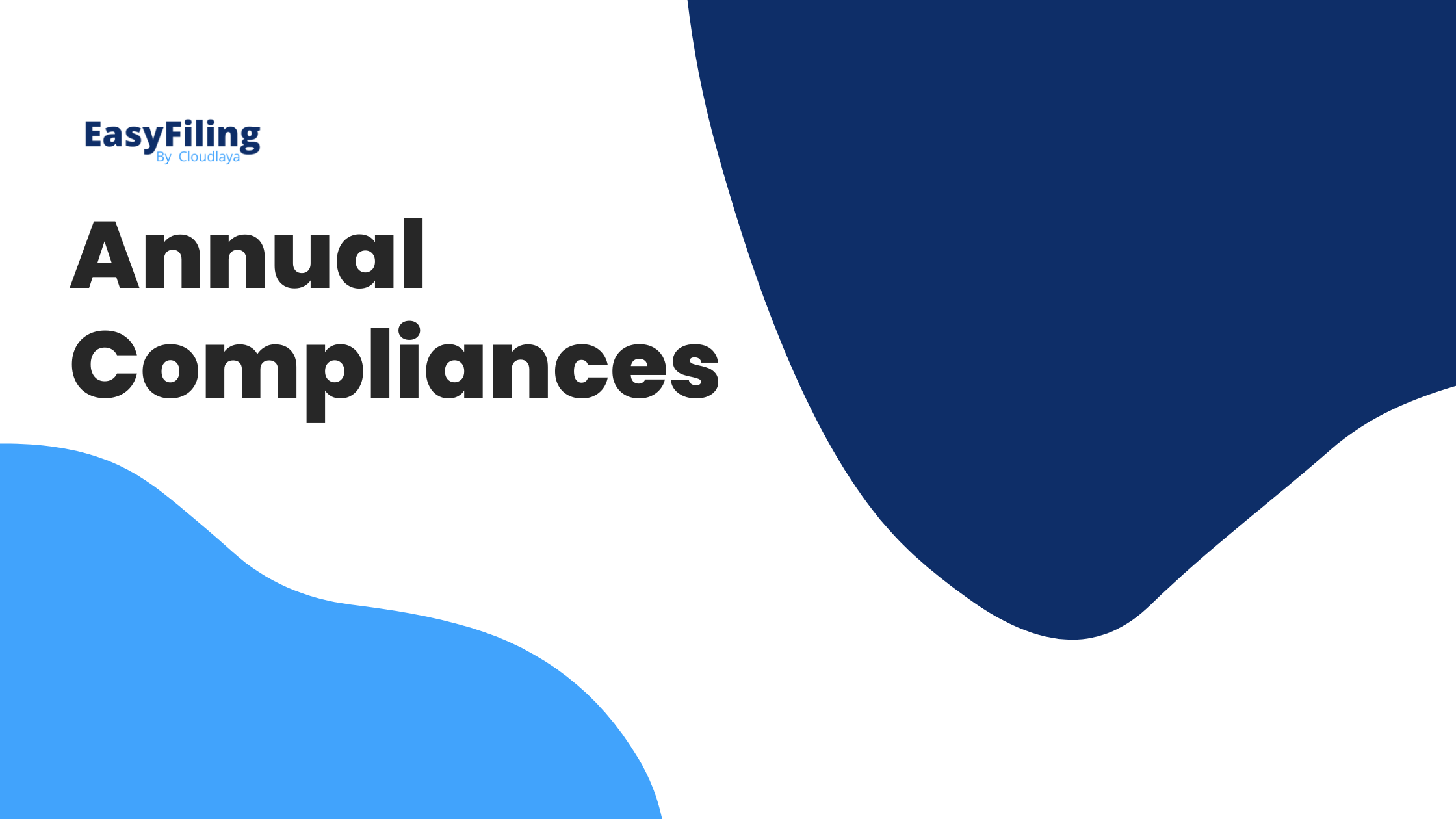The L1 Visa is a non-immigrant visa that enables foreign workers to transfer to a U.S. office of their current employer. This visa is particularly relevant for multinational companies looking to bring managerial or specialized knowledge employees into the United States. Let’s delve into the key aspects of the L1 Visa to help you understand its requirements, benefits, and application process.
What is the L1 Visa?
The L1 Visa is specifically designed for intra-company transferees who are employed in managerial positions or have specialized knowledge. This visa allows them to work legally in the U.S. for a specified period. There are two types of L1 Visas:
- L1A Visa: For managers and executives. This visa is valid for up to 7 years.
- L1B Visa: For employees with specialized knowledge. This visa is valid for up to 5 years.
L1A Visa: For Managers and Executives
The L1A Visa is designed for employees who hold managerial or executive positions within their company. This visa permits these individuals to live and work in the United States for an extended period, with the possibility of permanent residency in the future. Here are the key qualifications and features of the L1A Visa:
Qualifications
- Position: The employee must hold a managerial or executive position.
- Duration of Employment: The employee must have worked for the company for at least one continuous year within the last three years preceding the application.
- Company Relationship: The U.S. company must have a qualifying relationship (parent, subsidiary, affiliate, or branch) with the foreign company.
- Duration of Stay: The initial stay is up to three years, extendable to a maximum of seven years.
Benefits
- Path to Permanent Residency: L1A visa holders may apply for a green card without the requirement of labor certification.
- Family Inclusion: Spouses and unmarried children under 21 can accompany the visa holder on an L2 visa and apply for work authorization.
L1B Visa: For Specialized Knowledge Employees
The L1B Visa is intended for employees who possess specialized knowledge critical to the company’s interests. This visa allows these individuals to transfer to the U.S. office for a specified duration. The key qualifications and features of the L1B Visa include:
Qualifications
- Specialized Knowledge: The employee must have specialized knowledge of the company’s products, services, research, systems, proprietary techniques, management, or procedures.
- Duration of Employment: The employee must have worked for the company for at least one continuous year within the last three years prior to the application.
- Company Relationship: The U.S. company must have a qualifying relationship (parent, subsidiary, affiliate, or branch) with the foreign company.
- Duration of Stay: The initial stay is up to three years, extendable to a maximum of five years.
Benefits
- Skills Transfer: Facilitates the transfer of critical skills and knowledge within the organization.
- Family Inclusion: Spouses and unmarried children under 21 can accompany the visa holder on an L2 visa and apply for work authorization.
L1 Visa Requirements
The L-1 visa is a non-immigrant visa that allows companies operating both in the United States and abroad to transfer certain classes of employees from its foreign operations to its U.S. operations. Here are the key requirements for obtaining an L-1 visa:
Qualifying Relationship:
- The employer must have a qualifying relationship with a foreign company (parent company, branch, subsidiary, or affiliate).
- The relationship must be active both at the time of the visa application and during the employee’s stay in the U.S.
Eligible Positions:
- L-1A Visa: For executives and managers.
- L-1B Visa: For employees with specialized knowledge.
Employment Duration:
- The employee must have been working for the foreign company for at least one continuous year within the three years preceding the L-1 visa application.
Intended U.S. Role:
- The applicant must be coming to the U.S. to work in a managerial, executive, or specialized knowledge capacity.
Proof of Employment:
- Documentation must be provided to prove the employee’s role, duration of employment, and the nature of work performed at the foreign company.
Business Operations:
- Both the foreign and U.S. companies must be doing business, meaning they must be providing goods or services consistently. Merely having an office in the U.S. is not sufficient.
Petition Filing:
- The U.S. employer must file Form I-129, Petition for a Nonimmigrant Worker, along with the necessary supporting documents.
Dual Intent:
- The L-1 visa allows for dual intent, meaning the visa holder can seek permanent residency (green card) while on an L-1 visa without jeopardizing their non-immigrant status.
Approval Notice:
- Once the petition is approved, the employee can apply for an L-1 visa at a U.S. consulate or embassy if they are outside the U.S. If they are already in the U.S., they may apply for a change of status.
Family Members:
- L-2 visas are available for the spouse and unmarried children under 21 years of age of L-1 visa holders. Spouses can apply for work authorization.
By meeting these requirements, companies and their employees can take advantage of the benefits offered by the L-1 visa program, facilitating the transfer of essential personnel across international borders.
L1 VIsa to Green card
Step 1: Determine Your Eligibility
Executives and managers under the L-1A visa category are usually eligible for the EB-1C (Employment-Based Immigration: First Preference) green card, which does not require labor certification (PERM). Employees with specialized knowledge under the L-1B visa typically apply for the EB-2 or EB-3 green cards, which do require labor certification.
Step 2: Labor Certification (for EB-2 and EB-3 Applicants)
For L-1B visa holders, the first step is obtaining labor certification through the Program Electronic Review Management (PERM) process. This involves:
- Job Posting and Recruitment: The employer must conduct a recruitment process to ensure there are no qualified U.S. workers available for the position.
- Filing ETA Form 9089: Once recruitment is complete, the employer files ETA Form 9089 with the Department of Labor (DOL).
Step 3: Filing Form I-140 (Immigrant Petition for Alien Worker)
Once labor certification is approved (or immediately for EB-1C applicants), the employer files Form I-140 with the U.S. Citizenship and Immigration Services (USCIS). This petition classifies the employee as a worker eligible for an employment-based green card.
Step 4: Adjustment of Status or Consular Processing
After the I-140 petition is approved, the next step is applying for permanent residency. There are two ways to do this:
- Adjustment of Status (AOS): If the employee is already in the U.S. on an L-1 visa, they can file Form I-485 (Application to Register Permanent Residence or Adjust Status) with the USCIS.
- Consular Processing: If the employee is outside the U.S. or prefers this route, they can go through consular processing at a U.S. embassy or consulate in their home country.
Step 5: Medical Examination and Biometrics
As part of the green card application process, the employee will need to undergo a medical examination by a USCIS-approved doctor and attend a biometrics appointment for fingerprinting and photographs.
Step 6: Interview and Final Decision
An interview with a USCIS officer may be required, particularly for adjustment of status applicants. During this interview, the officer will verify the authenticity of the application and supporting documents. After successful completion of the interview, the final decision on the green card application will be made.
L1 VIsa Processing Time
Several factors can influence the processing time for an L1 visa:
- Case Complexity: The more complex the case, the longer it might take for the U.S. Citizenship and Immigration Services (USCIS) to process.
- Service Center Workload: Different USCIS service centers may have varying processing times based on the number of applications they handle.
- Company’s Status: Blanket L1 petitions (where a company pre-qualifies to transfer employees) usually process faster than individual L1 petitions.
Typical Processing Times
Standard Processing
For individual L1 visas, the processing time typically ranges from 3 to 6 months. This timeframe includes:
- Preparing and submitting the petition (Form I-129).
- USCIS review and decision-making.
For L1 blanket petitions, the processing time can be slightly shorter, generally around 1 to 3 months.
Premium Processing
USCIS offers a premium processing service for an additional fee, which expedites the review of your petition to 15 calendar days. If USCIS fails to process the petition within this period, they will refund the premium processing fee.
- Note: Premium processing does not increase the likelihood of approval but simply speeds up the decision-making timeline.
What are the benefits of L1 Visa
1. Intra-Company Transfers
The primary benefit of the L1 Visa is that it facilitates the transfer of employees within the same organization. This includes executives, managers, and specialized knowledge workers who are essential to the company’s operations in the United States.
Who Can Use It?
- L-1A Visa: For executives and managers.
- L-1B Visa: For employees with specialized knowledge.
2. Dual Intent
Unlike many other non-immigrant visas, the L1 Visa allows for dual intent. This means that L1 visa holders can apply for permanent residency (Green Card) while maintaining their L1 status.
- Provides a clear path to permanent residency.
- Reduces the need to switch visa categories to achieve long-term residence.
3. No Quota Limitations
The L1 Visa is not subject to annual cap restrictions, unlike the H-1B visa. This means there is no limit to the number of L1 Visas that can be issued each year, making it more accessible.
What This Means for Employers
- More predictable and streamlined transfer processes.
- Reduced waiting times compared to capped visas.
4. Family Benefits
L1 Visa holders can bring their immediate family members (spouse and children under 21) to the United States under the L-2 Visa category.
Advantages for Family Members
- Work Authorization: Spouses can apply for work authorization (EAD) and work in the U.S.
- Education: Children can attend U.S. schools, providing them with high-quality education opportunities.
5. Extended Stay
The L1 Visa allows for a relatively long stay in the U.S., especially compared to other non-immigrant visas.
Duration of Stay
- L-1A Visa: Initially up to 3 years, extendable up to a maximum of 7 years.
- L-1B Visa: Initially up to 3 years, extendable up to a maximum of 5 years.
6. Ease of Travel
L1 Visa holders enjoy the flexibility to travel in and out of the United States without the need for additional documentation or permits, allowing them to maintain their global responsibilities effectively.
Benefits for Business Operations
- Facilitates international business meetings and operations.
- Helps maintain strong connections with the home country office.
7. No Requirement for Labor Certification
Unlike some other employment-based visas, the L1 Visa does not require labor certification from the Department of Labor, which often simplifies and speeds up the application process.
Simplified Process
- Reduces administrative burdens.
- Shortens the overall processing time.
Documents required to apply L1 Visa
For the Employer (Petitioner)
- Form I-129, Petition for a Nonimmigrant Worker: This form is submitted by the employer on behalf of the employee.
- Form I-129S, Nonimmigrant Petition Based on Blanket L Petition: If the petition is based on a blanket L petition.
- Company Letter of Support: A detailed letter from the U.S. company explaining the role, and the employee’s qualifications, and confirming the support of the transfer.
- Organizational Chart: Indicating the employee’s position within the company’s hierarchy.
- Company Financial Statements: Recent financial records to prove the company’s operational status and ability to pay the employee.
- Annual Report: The company’s latest annual report, if available.
- Company Brochures: Marketing materials that describe the business activities of the company.
- Proof of Physical Premises: Lease agreements or ownership documents for the U.S. office.
- Evidence of Qualifying Relationship: Documents like articles of incorporation, business licenses, and share certificates proving the relationship between the foreign and U.S. entities.
For the Employee (Beneficiary)
- Valid Passport: A copy of the employee’s passport, which must be valid for the duration of the stay in the U.S.
- Passport-Sized Photographs: Generally, two recent passport-sized photos that meet U.S. visa photo requirements.
- Form DS-160, Online Nonimmigrant Visa Application: Confirmation page of the completed online visa application form.
- Visa Fee Payment Receipt: Proof of payment of the visa application fee.
- Employment Verification Letter: A letter from the foreign parent company verifying the employee’s employment history, job duties, and qualifications.
- Resume or Curriculum Vitae (CV): Detailed resume of the employee.
- Educational Certificates and Degrees: Copies of relevant educational qualifications.
- Proof of Employment with Foreign Company: Pay stubs, tax returns, and employment contracts that validate at least one year of employment with the foreign company within the last three years.
- Detailed Job Description: A comprehensive description of the employee’s role and responsibilities in both the foreign company and the U.S. office.
- Supporting Documents for Specialized Knowledge Workers (L-1B): If applying under L-1B, additional documentation that demonstrates the employee’s specialized knowledge.
For Dependents (L-2 Visa Applicants)
- Proof of Relationship: Marriage certificate for a spouse and birth certificates for children.
- Valid Passports: Passports of the dependents, valid for the duration of the stay in the U.S.
- Form DS-160, Online Nonimmigrant Visa Application: Confirmation page for each dependent.
- Visa Fee Payment Receipt: Proof of payment of the visa application fee for each dependent.
- Passport-Sized Photographs: Recent passport-sized photos of each dependent.
Also read, How to Unlock L1 Visa Opportunities by Forming a US Company?>>
Frequently Asked Questions (FAQs)
Can family members accompany the L1 Visa holder to the U.S.?
Yes, the L1 Visa holder’s spouse and unmarried children under 21 may accompany them to the U.S. on an L2 Visa. L2 visa holders may be eligible to work in the U.S. with proper authorization.
How long does it take to process an L1 Visa?
The processing time for an L1 Visa can vary. Typically, it takes anywhere from 1 to 3 months. Premium processing is available for an additional fee, which can expedite the processing time to 15 calendar days.
Can an L1 Visa holder apply for a Green Card?
Yes, L1 Visa holders can apply for a Green Card. There is no requirement for labor certification, which can expedite the process compared to other visa categories.
Can an L1 Visa be extended?
Yes, an L1 Visa can be extended. Extensions can be granted in increments of up to two years. However, the total duration of stay cannot exceed 7 years for L1A Visa holders and 5 years for L1B Visa holders.
What happens if the L1 Visa application is denied?
If the L1 Visa application is denied, the applicant has the option to appeal the decision or reapply. It is advisable to review the reasons for denial and address any issues before reapplying.
Are there any restrictions on the type of work an L1 Visa holder can do?
Yes, the L1 Visa holder must work in the capacity specified in their visa application, either in a managerial/executive role (L1A) or a specialized knowledge role (L1B).
Can L1 Visa holders travel outside the U.S.?
Yes, L1 Visa holders can travel outside the U.S. and re-enter, provided they have a valid L1 Visa stamp in their passport.
Is it possible to switch from an L1B to an L1A Visa?
Yes, it is possible to switch from an L1B Visa to an L1A Visa if the employee is promoted to a managerial or executive position. The employer must file a new petition with USCIS to reflect the change in role.
File Your LLC Today
25$ off with a coupon
Lock in EasyFiling's transparent rates and get lifetime compliance support at no extra cost.
Get Started Now